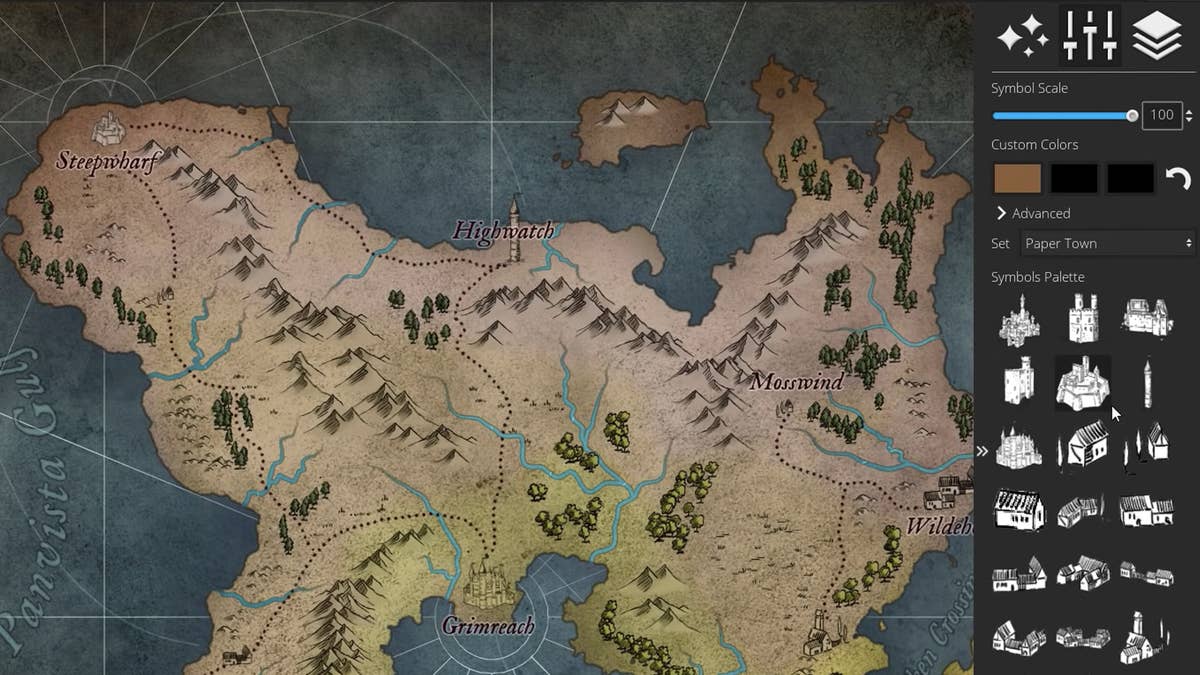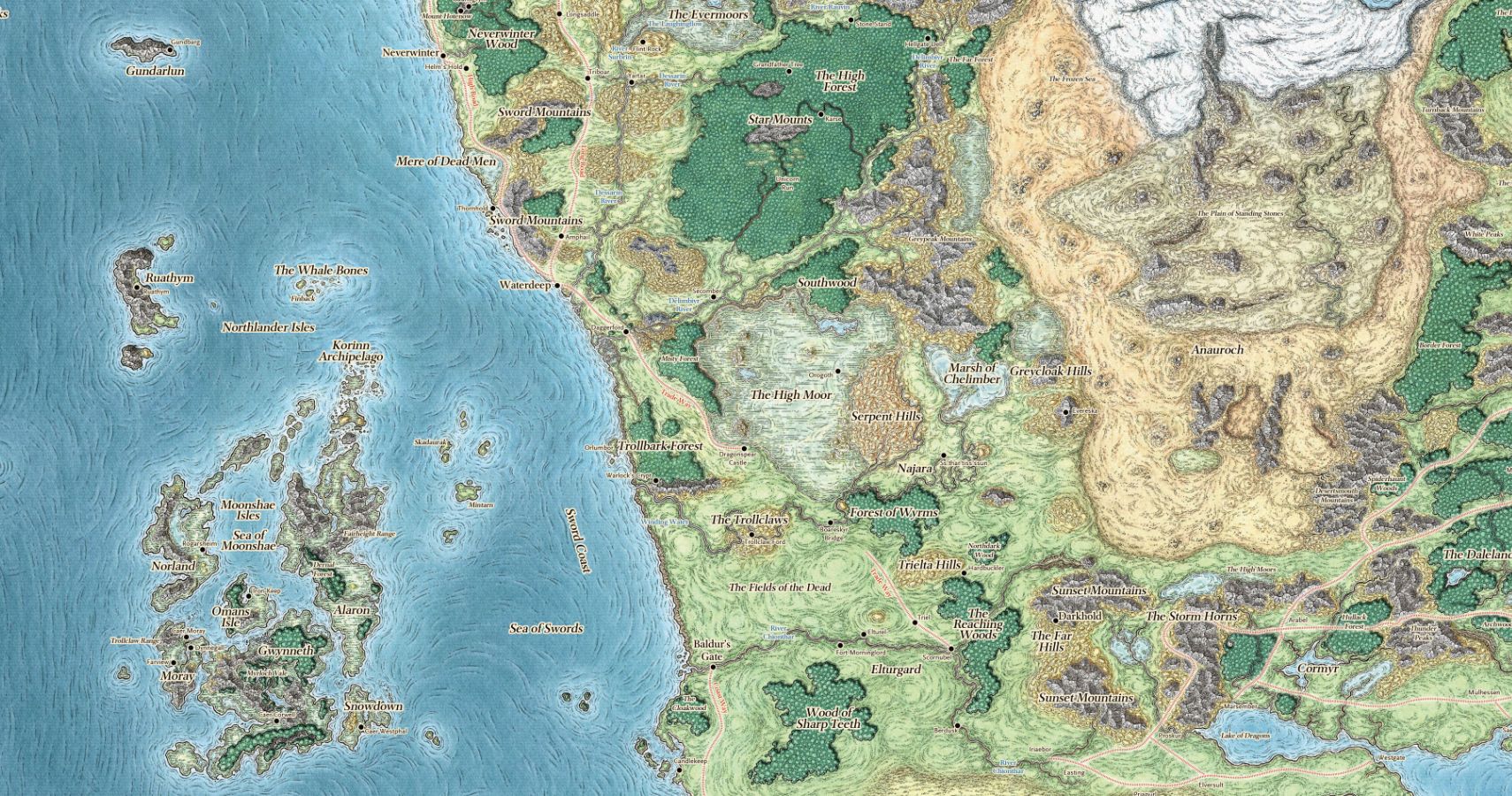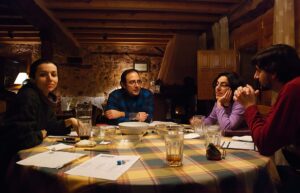
In the captivating realm of tabletop RPGs, where stories unfold through collective imagination, maps serve as the visual foundation upon which epic adventures are built. Whether navigating treacherous dungeons, exploring mystical landscapes, or engaging in strategic battles, tabletop RPG maps are the canvas that transforms storytelling into a visual and interactive experience. In this guide, we explore the intricacies of how tabletop RPG maps work and provide insights into their effective use in your gaming sessions.
Understanding Tabletop RPG Maps:
- Representation of Space:
- At its core, a tabletop RPG map is a visual representation of the game world’s space. It provides a spatial context for the players, helping them visualize the environments they explore and navigate.
- Scale and Proportion:
- Maps maintain a specific scale and proportion to ensure consistency within the game world. Whether measuring the distance between locations or determining the size of a room, a standardized scale adds a layer of realism to the tabletop experience.
- Key Elements:
- A well-designed RPG map includes key elements such as terrain features, obstacles, and landmarks. These elements provide essential context for the narrative and contribute to the overall immersion of the players.

Types of Tabletop RPG Maps:
- Battle Maps:
- Battle maps are designed for tactical combat encounters. They feature a grid that helps players measure distances and plan strategic movements during combat scenarios. Battle maps commonly depict dungeons, outdoor environments, or specific encounter locations.
- World Maps:
- World maps provide an overview of the entire game world. They showcase continents, cities, and geographical features, offering players a sense of the broader scope of their adventures.
- Dungeon Maps:
- Dungeon maps detail the interior layouts of structures, caves, or other enclosed spaces. These maps guide players through the twists and turns of a dungeon, revealing hidden chambers, traps, and potential encounters.
- City Maps:
- City maps portray urban landscapes, featuring streets, buildings, and points of interest. They are particularly useful for urban adventures, where players navigate crowded markets, uncover secrets, and engage in city-based encounters.
Using Tabletop RPG Maps Effectively:
- Engaging Players:
- Displaying a map can instantly capture the attention of players, providing a visual anchor for the unfolding narrative. It stimulates their imagination and encourages a more immersive gaming experience.
- Enhancing Communication:
- Maps serve as a common reference point for both players and the Game Master. They enhance communication by clarifying spatial relationships, ensuring that everyone shares a consistent understanding of the game world.
- Facilitating Strategy:
- In combat scenarios, battle maps become strategic tools. Players can plan movements, coordinate attacks, and visualize the battlefield, fostering a sense of realism and enabling more thoughtful decision-making.
- Fostering Exploration:
- Dungeon and world maps encourage exploration. Players can visually track their progress, uncover hidden areas, and immerse themselves in the discovery of the game world’s secrets.

at last…
Tabletop RPG maps are more than just visual aids; they are the storyteller’s brushstroke on the canvas of imagination. Mastering the art of using maps effectively adds a dynamic layer to your gaming sessions, transforming them into memorable adventures. Whether navigating the intricate details of a dungeon or exploring the vastness of a world map, understanding how tabletop RPG maps work empowers both players and Game Masters to craft narratives that come to life in the minds of all who gather around the table. May your maps be rich, your adventures legendary, and your dice rolls ever in your favor. Happy gaming!

